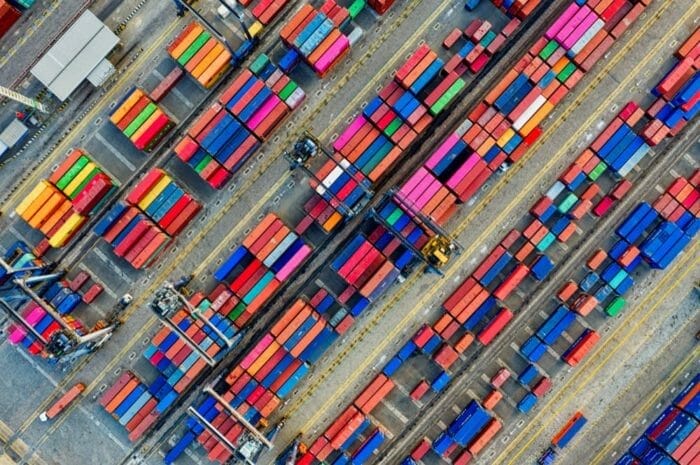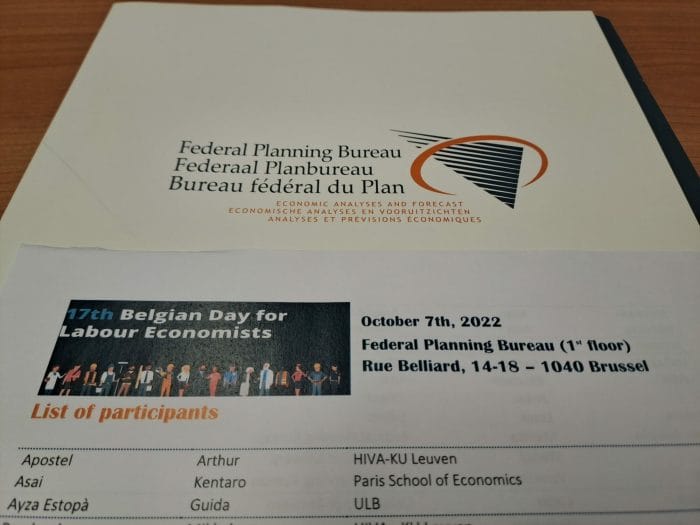[work package 3]
Mapping the impact of the low-carbon transition on workers.
Scientific publications [wp3]
Sorry, there are no posts in this section yet.
Blog articles [wp3]
Deliverables [wp3]
D3.4.1a Characterising workers in the four LAMARTRA focus sectors: Agriculture, construction, metallurgy and e-commerce
This study uses the Belgian Labour Force Survey to analyse the characteristics of the workforce and working conditions in four sectors in Belgium: agriculture, construction, metallurgy, and e‑commerce. These four sectors are likely to be impacted by the green transition in different ways. Indeed, we find that the four sectors differ from the rest of the economy in various ways.
For the sector of e‑commerce, however, most characteristics are not significantly different from the rest of the economy due to a low number of observations in this sector. For the sectors of agriculture, construction, and metallurgy we on the other hand, do find substantial differences as compared to the rest of the economy. The three sectors have a male-dominated, lower-educated workforce and have lower participation in formal and non-formal learning activities compared to the rest of the workforce. Workers in these sectors tend to be full time, with temporary workers having shorter contracts, and work more hours per week than workers in the rest of the economy. The agriculture sector has a relatively older and native dominated workforce with a high share of self-employed workers and longer tenure. We find that the construction sector has a relatively younger and more diverse workforce with blue-collar employees and shorter tenure. The metallurgy sector combines elements of both agriculture and construction with a large share of blue-collar workers and shift work but with higher wages compared to the rest of the economy. When considering the changes brought about by the green transition, all sectors must take into consideration the relatively lower-educated workforce and workers’ participation in formal learning and adapt to the changes in skills required.
D3.2 Data request to StatBel
In early May 2022 an application for access to detailed Labour Force Survey data for Belgium was sent to the BelStat. Data access was granted 18 May 2022. A copy of the application follows after this section. Additional data request may follow once we have an overview of what can be achieved with the Belgian LFS (see Annual network report for details).

D3.1.1 Quantitative data analysis and modelling
The purpose of this note is to have a basis for framing discussions within the research consortium on the quantitative analysis in WP3 of the LAMARTRA project. The note describes a number of data sets we suggest using in WP3 (initially, and potentially beyond WP3), where the data come from and how the data sets are connected. One data set does not necessarily map to only one academic study, and it is possible that a data set will not yield an academic study (e.g., if the data cannot support a study for one or more reasons).









